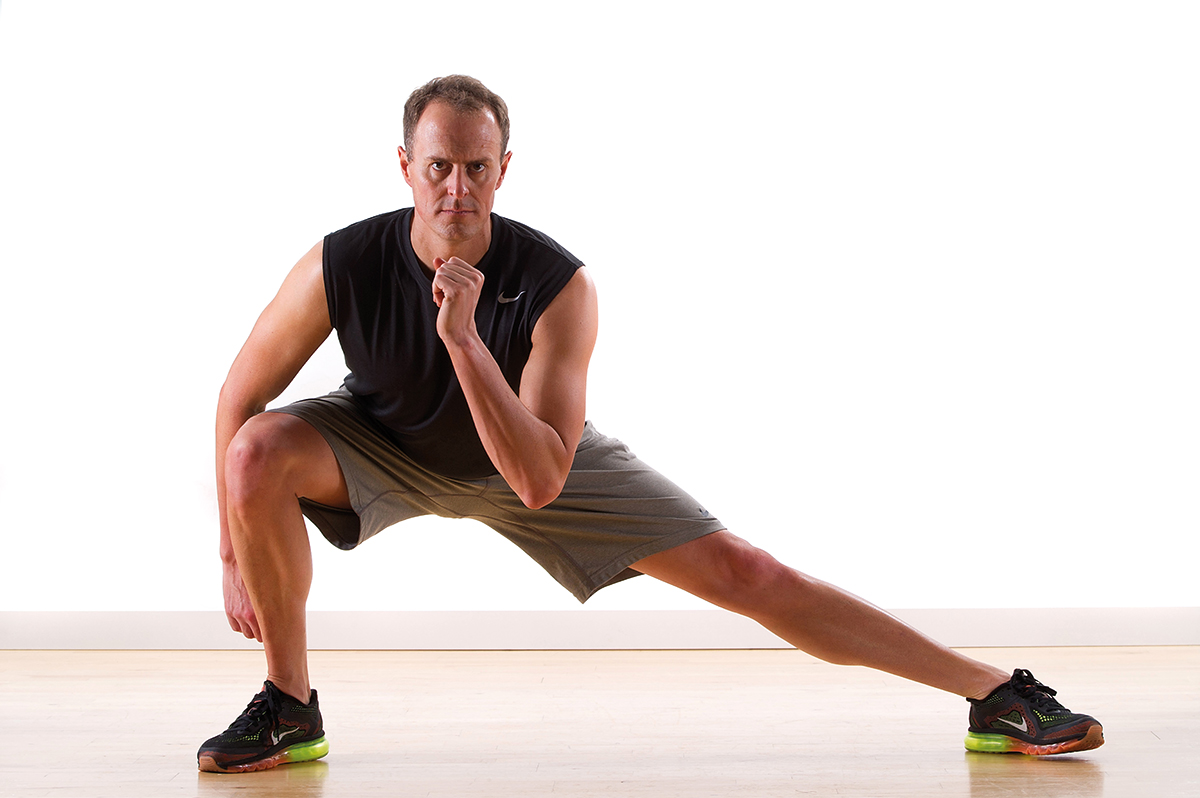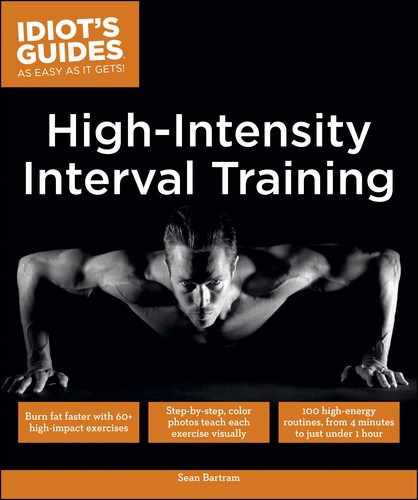WHAT IS HIIT?
High-intensity interval training, or HIIT, has exploded in recent years due to its promise of an efficient and effective way to meet fitness goals. Different trainers and instructors approach HIIT in different ways, but at its core, HIIT should always involve alternating short intervals of high-intensity, all-out exercise with short intervals of rest or active recovery.
What many people love about HIIT is that it’s fast. You don’t have to spend an hour at the gym every day. If you’re willing to truly push yourself, you can get in an effective workout in just a few minutes.

Are You Working Hard Enough?
Because maximum effort is so critical to HIIT success, my clients often ask, “How do I know if I am working hard enough?” A good way to think about it is by measuring your workout intensity on a scale of 1 to 10, with 10 equal to running for your life. You should be working almost that hard during a HIIT workout, pushing yourself to a level 8 or 9. Remember that HIIT is hard. Your heart should be pounding, your breathing should be heavy, and you should be sweating.
HOW HIIT WORKS
Although short in duration, HIIT has a big impact. Training at your maximum capacity for intense intervals interspersed with rest or active recovery both accelerates fat loss and improves aerobic and anaerobic endurance.
HIGH INTENSITY
The “high intensity” part of HIIT is key. You won’t see results if you’re not pushing yourself as hard as you possibly can during the “work” intervals of your HIIT routine. Studies have shown that just seven minutes of HIIT can create changes in your muscles at a molecular level that are comparable to what you might see after an hour or more of traditional steady-state cardio, such as jogging or biking. However, those changes are not apparent if you don’t work at maximum output.
THE “AFTER BURN” EFFECT
Not only will you burn calories and fat during your HIIT workout, you will also burn calories and fat following your workout through the “after burn” effect, or EPOC (excess post-exercise oxygen consumption). EPOC is the measurable increased rate of oxygen intake following strenuous activity intended to erase the body’s oxygen debt.
In order to erase the oxygen debt, fatty acids are released and used as fuel for recovery. You cannot take advantage of this after burn by doing low-intensity exercise. Only by working anaerobically at maximal heart rate will you see this added fat loss effect. EPOC has been shown to last over 48 hours.
CONSTANT CHANGE
The “interval” part of HIIT is also critical. This comes into play with both the brief rest periods between exercises as well as the order of exercises themselves. As you go through a HIIT routine, you alternate between periods of all-out exertion and active recovery or rest. The brief rest periods allow your heart rate to come down and prevent your body from adapting to a steady workload.
EFFECTIVE EXERCISE COMBINATIONS
When it comes to HIIT, the types of exercises you do and the order in which you do them is important. An effective HIIT routine combines several different types of exercises in a way that will maximize the effects of each. The goal is to stimulate as many muscles as possible during each routine without overloading a particular muscle group. Frequent elevation changes (for example, transitioning from push-ups to squat jumps) help to drive up the heart rate, while multiplanar exercises (such as the cross-country seal) improve balance and athletic coordination.
